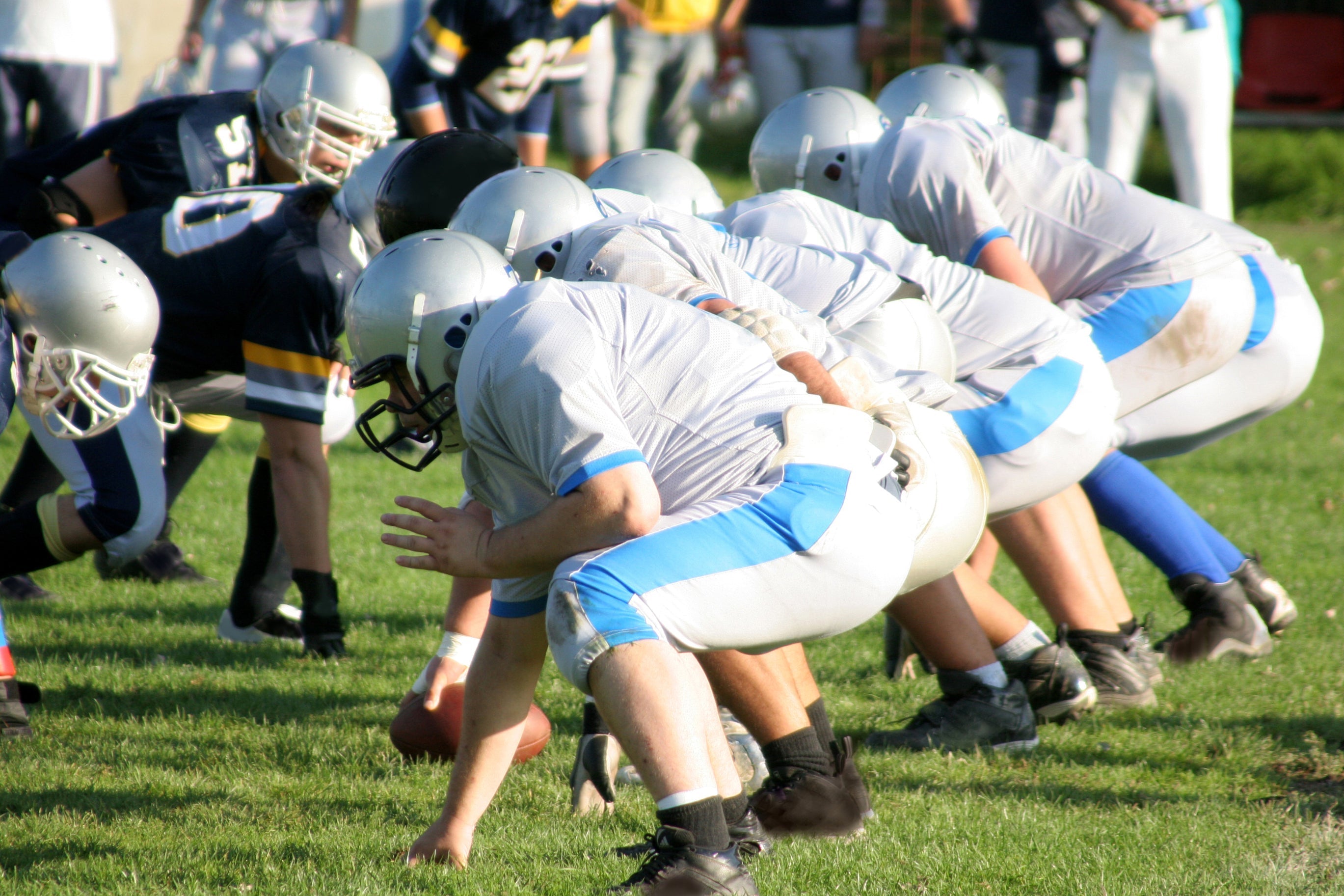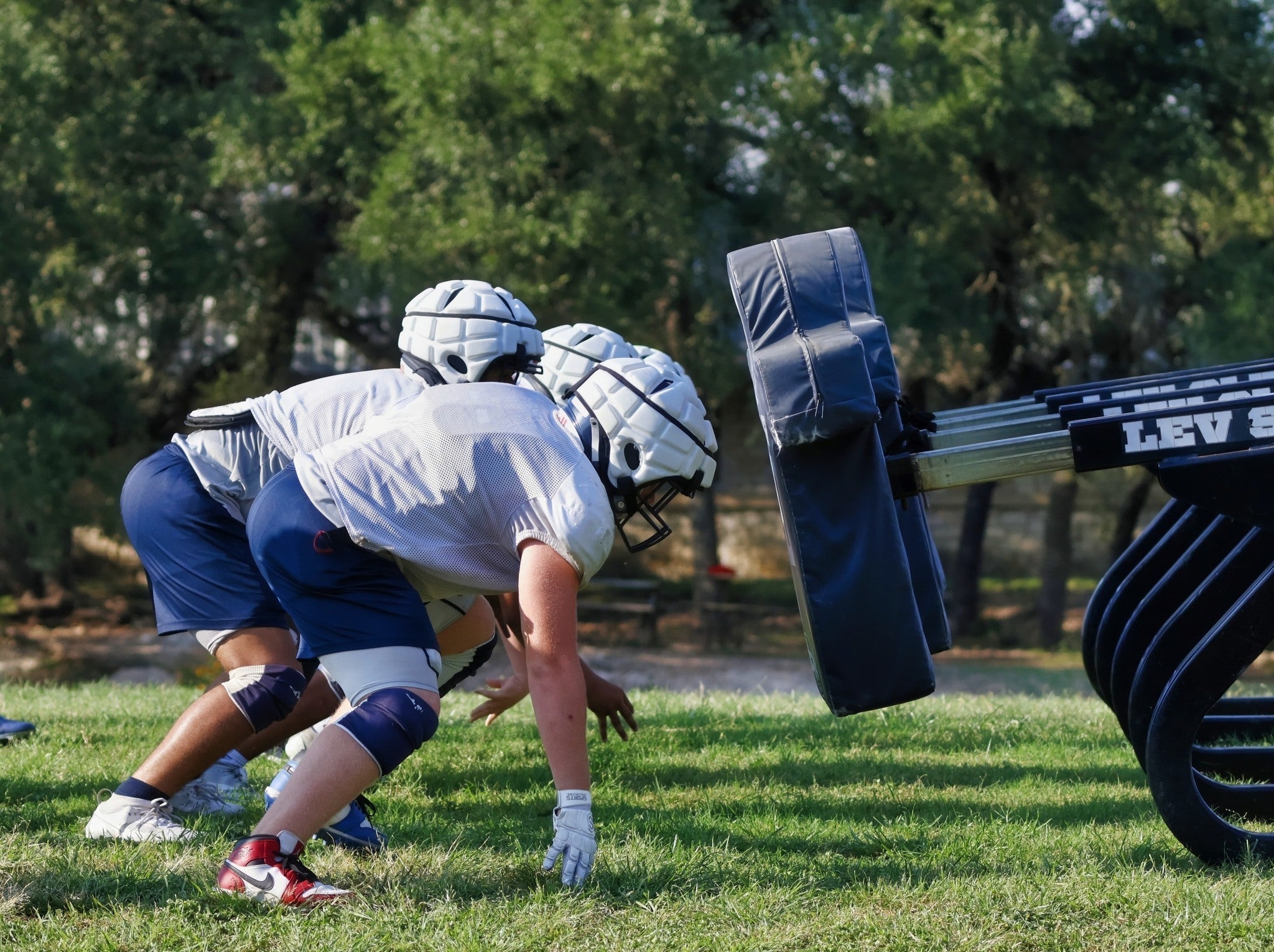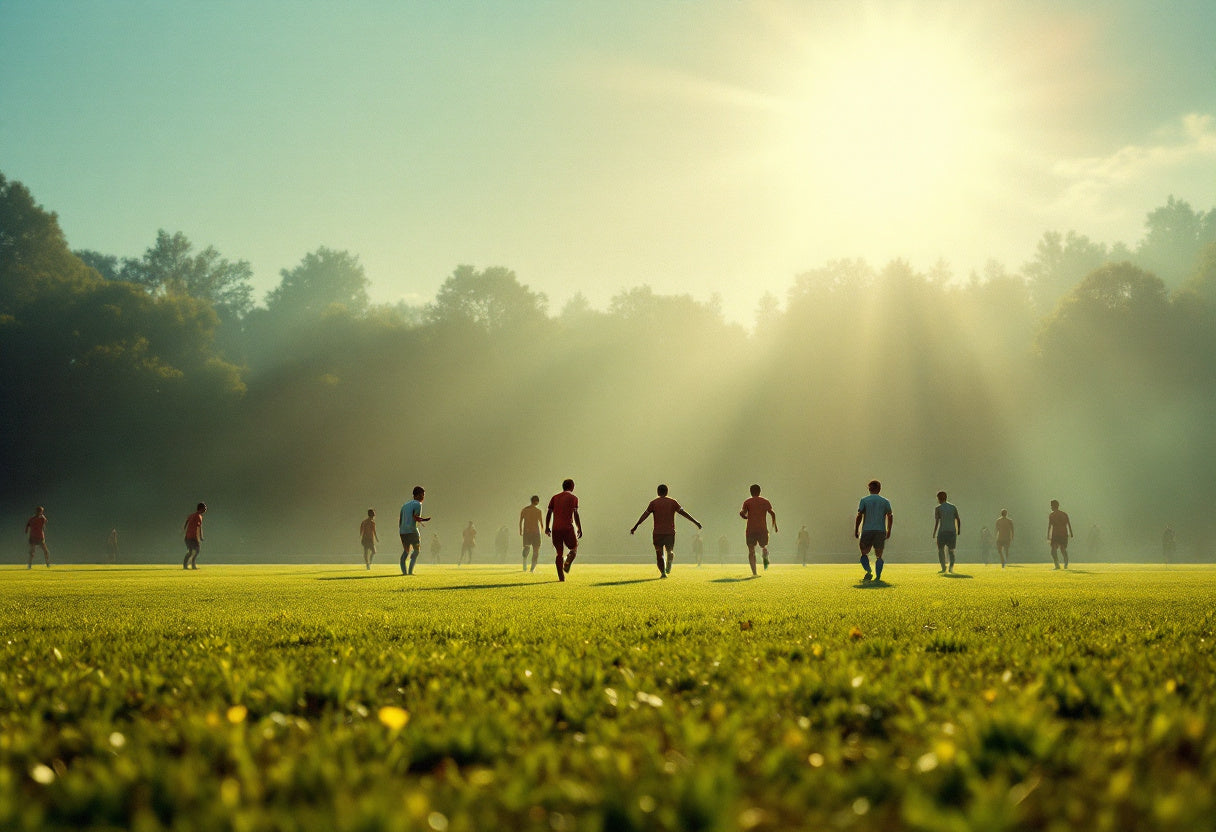
Heat and Humidity: Understanding the Impact on Athletic Performance and Health
When athletes hear "It's not the heat, it's the humidity," they might roll their eyes, but there's real science behind the saying. Heat and humidity work together to significantly affect how your body performs and how well it can manage heat stress. To perform your best—and stay safe—it's crucial to understand how this combination works and what you can do about it.
How Heat and Humidity Work Together
Your Body's Cooling System: Sweat and Evaporation
Your body relies on sweating to regulate its temperature. As sweat evaporates from your skin, it cools you down. However, when humidity levels are high, the air is already saturated with moisture. This slows down or even prevents sweat from evaporating efficiently, leaving your body less able to cool itself.
-
Low Humidity: Sweat evaporates quickly, keeping you cooler.
-
High Humidity: Sweat lingers on your skin, leading to overheating.
Heat Index: The "Feels-Like" Temperature
The heat index combines air temperature and relative humidity to show how hot it actually feels. For example, an air temperature of 90°F with 70% humidity can feel like 105°F, creating a higher risk of heat-related illnesses like heat exhaustion or heat stroke.
Effects on Athletic Performance
Now that you understand the basics of how heat and humidity affect your body, let's explore how these conditions impact athletic performance
Increased Cardiovascular Strain
When you can't cool down efficiently, your body diverts blood flow away from your muscles to your skin to aid in cooling. This reduces oxygen delivery to muscles, leading to fatigue and decreased performance.
Dehydration Risks
High humidity causes you to sweat more but lose less heat, increasing the risk of dehydration. Dehydration not only reduces performance but also impairs coordination, concentration, and endurance.
Mental and Physical Fatigue
Training or competing in hot and humid conditions is mentally and physically draining. High humidity can make workouts feel harder because your body is working overtime to cool itself.
Increased Core Temperature
As cooling becomes less effective, core body temperature rises, leading to quicker fatigue and risk of overheating.
As humidity levels rise, athletic performance becomes progressively harder due to the body’s diminished ability to cool itself. Here’s how different levels of humidity impact performance and health:
Humidity Levels and Performance Impact
Humidity can performance and the associated risks with heat
-
Below 40% Humidity
-
Effect on Performance: Optimal conditions for many athletes. Sweat evaporates efficiently, allowing your body to cool effectively.
-
Risk: Lower risk of heat stress, though dehydration can still occur if sweat loss is not replenished.
-
Effect on Performance: Optimal conditions for many athletes. Sweat evaporates efficiently, allowing your body to cool effectively.
-
40-60% Humidity
- Effect on Performance: Sweating becomes less efficient as the air begins to hold more moisture. You may start to feel warmer during exertion.
- Risk: Moderate risk of dehydration and heat stress during prolonged or intense activity.
-
60-70% Humidity
-
Effect on Performance: Cooling becomes more difficult as evaporation slows significantly. Your heart rate increases, and you may feel fatigued more quickly.
-
Risk: Increased risk of heat cramps, heat exhaustion, and dehydration.
-
Effect on Performance: Cooling becomes more difficult as evaporation slows significantly. Your heart rate increases, and you may feel fatigued more quickly.
-
70-80% Humidity
-
Effect on Performance: Performance begins to decline noticeably. Your body struggles to shed heat, leading to a greater cardiovascular strain and faster fatigue.
-
Risk: High risk of heat-related illnesses, especially during high-intensity activity or prolonged exposure.
-
Effect on Performance: Performance begins to decline noticeably. Your body struggles to shed heat, leading to a greater cardiovascular strain and faster fatigue.
-
Above 80% Humidity
-
Effect on Performance: Conditions become dangerous for high-intensity sports. Sweat almost completely stops evaporating, making it difficult to regulate body temperature.
-
Risk: Extreme risk of heat stroke and other heat-related illnesses. Activities should be modified, postponed, or canceled in these conditions, especially if combined with high temperatures.
-
Effect on Performance: Conditions become dangerous for high-intensity sports. Sweat almost completely stops evaporating, making it difficult to regulate body temperature.
Key Takeaway
Heat and humidity can create a challenging environment for athletes, but understanding how they interact helps you stay safe and perform your best. Monitoring humidity and taking proactive steps—such as hydrating properly, scheduling breaks, and acclimating to the heat—can help athletes manage the challenges of high-humidity environments while minimizing performance decline and health risks.

